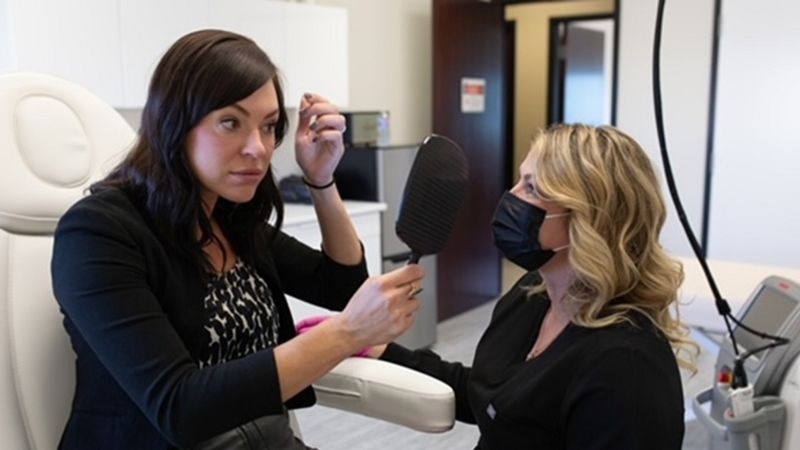Flesh-eating bacteria: terrifying, but rare condition
DEAR DR. ROACH: What do you know about flesh-eating bacteria? After going to a hospital to get a mole checked, I developed an itchy rash that won’t go away. I am worried. — H.W.
ANSWER: Let me reassure you that this isn’t flesh-eating bacteria. Itchy rash around a mole can be due to eczema, or it might be a fungal infection or one of several other benign skin conditions. A dermatologist can help figure out which. But, since you asked …
The term “flesh-eating bacteria” is misleading since it’s a disease, not a particular bacteria species. The term refers to a condition called “necrotizing fasciitis” (“necrotizing” means that the infection kills cells, and “fasciitis” references the connective tissue in the body that the infection proceeds along).
However terrifying, it is fortunately a rare condition. There are only about 1-3 cases per 100,000 people. It may occur in people who are otherwise healthy and who happen to get an injury that penetrates the skin. But it is more common in people who have a diminished immune system due to chronic illness (diabetes, kidney or liver disease, cancer, heavy alcohol use).
In most cases, in people with chronic disease, it is a combination of bacteria that cause the infection. In previously healthy people, the bacteria most associated are group A streptococcus. This bacteria strain has enzymes that damage the body and has the ability to evade the immune system. It can grow very rapidly, and early treatment is paramount to stopping the infection before permanent damage is done. In some cases, amputation is necessary; in others, no treatment is effective. The disease has a high mortality rate. The particular bacteria in a person with this diagnosis are very dangerous, and there are cases of person-to-person transmission of the bacteria, leading to additional cases, so caregivers and family need personal protective equipment.
Effective treatment starts with recognition of the diagnosis. That can be hard; initial signs, such as redness, swelling and fever, can be nonspecific. Skin lesions, like blisters or bruising, can be misleading. However, a very high fever and more pain than expected are big clues to the diagnosis. Treatment is primarily surgical. Antibiotics alone are ineffective.
DEAR DR. ROACH: A recent column on sinusitis argued against routine antibiotics. Your advice, while sound, does not apply to all of us. I am an MDS patient with compromised immunity. When I get sick, it takes three times as long to recover. I feel the rules may apply to “normal” people, but not all of us. What would you recommend for someone like me? — B.F.
ANSWER: My answers certainly do not apply to all situations, and immunocompromised individuals are an excellent example. In the case of sinus infections, it depends on the person’s exact type of immune problem. Immunocompromised individuals certainly are more likely to be prescribed antibiotics, and are more likely to be subject to diagnostic testing when things don’t go as expected. Some kinds of immune system disease predispose people to unusual infections, which require specific treatments.
Taking care of anyone requires judgment and experience, and physicians who have known their patients a long time are in a better position to judge who needs antibiotic treatment for sinus infection and who does well with supportive treatment. In the case of someone with immune system disease, that is even more important.
* * *
Dr. Roach regrets that he is unable to answer individual letters, but will incorporate them in the column whenever possible. Readers may email questions to ToYourGoodHealth@med.cornell.edu or request an order form of available health newsletters at 628 Virginia Dr., Orlando, FL 32803. Health newsletters may be ordered from www.rbmamall.com.
(c) 2018 North America Syndicate Inc.
All Rights Reserved


